Home>diy>Architecture & Design>How Much Does A CAD Technician Earn
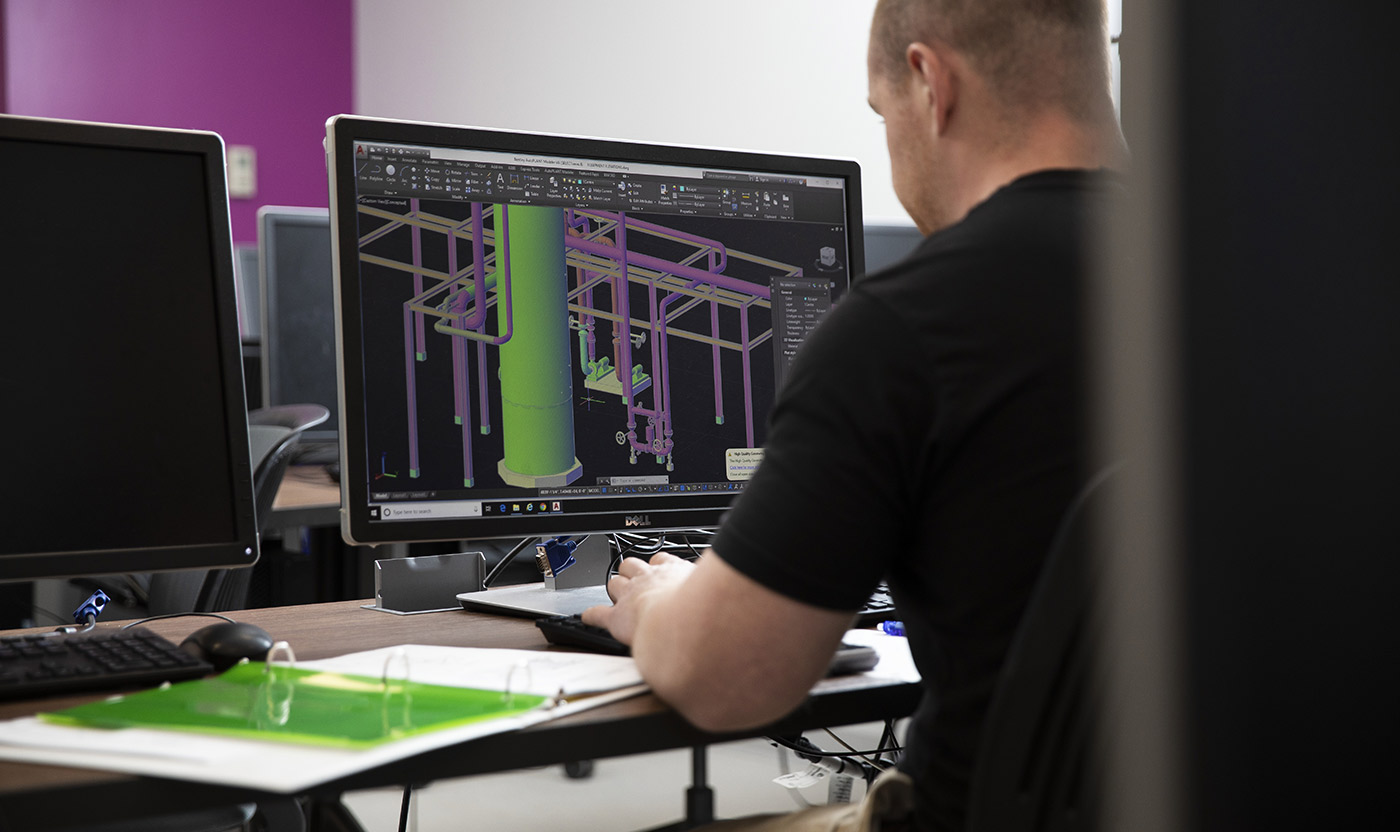

Architecture & Design
How Much Does A CAD Technician Earn
Modified: January 4, 2024
Find out the average salary for a CAD Technician in the field of architecture and design. Discover how much you can earn in this lucrative profession.
(Many of the links in this article redirect to a specific reviewed product. Your purchase of these products through affiliate links helps to generate commission for Storables.com, at no extra cost. Learn more)
Introduction
CAD (Computer-Aided Design) technicians play a crucial role in the architecture and design industry. They utilize advanced software programs to create 2D and 3D models of buildings, products, and structures. CAD technicians work closely with architects, engineers, and designers to transform concepts and sketches into detailed technical drawings.
Beyond their creative skills, CAD technicians also possess deep knowledge of architectural and engineering principles. Their ability to accurately interpret and translate design specifications is instrumental in the successful completion of construction and manufacturing projects.
Aspiring CAD technicians often wonder about the earning potential in this field. In this article, we will explore the factors that affect a CAD technician’s salary, the average salary range, the highest paying industries, regional differences in salaries, and the education and experience requirements for this role.
Understanding the compensation landscape for CAD technicians is essential for job seekers and professionals looking to negotiate better pay packages. Additionally, employers can gain insights into competitive salary offerings to attract top talent and retain skilled individuals within their organizations.
Key Takeaways:
- CAD technicians play a crucial role in architecture and design, with salaries influenced by factors like experience, industry demand, and geographic location. Continuous education and specialized skills enhance earning potential in this competitive field.
- The job outlook for CAD technicians remains positive, driven by industry demand, technological advancements, and specialized skills. Employers should offer competitive salaries and benefits to attract and retain top talent in this evolving field.
Job Description of a CAD Technician
A CAD technician’s primary responsibility is to create technical drawings based on the design specifications provided by architects, engineers, or designers. They use specialized computer software to accurately depict details such as dimensions, materials, and structural components.
Here are some key aspects of a CAD technician’s job:
- Creating technical drawings: CAD technicians use their software expertise to develop detailed drawings, including floor plans, elevations, and cross-sections. These drawings serve as a blueprint for construction teams to follow.
- Interpreting design specifications: CAD technicians must possess a solid understanding of architectural and engineering concepts to accurately interpret design specifications. They must ensure that the drawings align with the intended design vision.
- Collaborating with design professionals: CAD technicians often work closely with architects, engineers, or designers to incorporate their feedback and make necessary revisions to the drawings. This collaboration ensures that the final product meets the design requirements.
- Performing quality checks: CAD technicians meticulously review their drawings to ensure accuracy and consistency. They check for errors, such as incorrect dimensions or missing details, to avoid potential issues during construction or manufacturing.
- Staying updated on industry standards: CAD technicians need to stay informed about the latest building codes, regulations, and industry best practices. This knowledge helps them produce drawings that meet the necessary standards and comply with legal requirements.
- Communicating effectively: CAD technicians regularly communicate with project teams, including architects, engineers, and contractors, to understand their needs and provide clarifications as required. They must possess strong communication skills to facilitate seamless collaboration.
These job responsibilities showcase the diverse skill set required of CAD technicians. They must possess technical proficiency in CAD software, attention to detail, creativity, and the ability to work in a team-oriented environment.
Factors Affecting CAD Technician Salary
Several factors influence the salary range for CAD technicians. Understanding these factors can help both employers and job seekers navigate the compensation landscape. Here are some key factors that affect CAD technician salaries:
- Experience and skills: Generally, CAD technicians with more experience and advanced skills command higher salaries. Those who have honed their expertise in specific industries or specialized software may receive higher compensation due to their in-demand skills.
- Job location: The geographic location where a CAD technician works plays a significant role in salary variations. Areas with a high cost of living or strong demand for CAD technicians may offer higher salaries to attract and retain talent.
- Industry: Industries that heavily rely on CAD technology, such as architecture, engineering, and manufacturing, tend to offer competitive salaries for CAD technicians. The complexity and scale of projects within these industries often necessitate skilled CAD professionals.
- Company size and reputation: The size and reputation of an employer can affect salary levels. Larger and more prestigious firms may offer higher salaries to attract top talent, while smaller companies may have more limited budgets for CAD technician positions.
- Economic conditions: Economic factors, such as market demand, industry growth, and overall economic conditions, can impact salary ranges for CAD technicians. In times of economic prosperity, companies may be willing to offer higher salaries to secure qualified CAD professionals.
- Educational qualifications: Higher educational qualifications, such as a bachelor’s degree in architecture or engineering, may lead to higher starting salaries for CAD technicians. Additionally, advanced certifications or specialized training can also enhance earning potential.
- Additional responsibilities: CAD technicians who take on additional responsibilities beyond traditional drafting, such as project management or team leadership, may receive higher compensation for their increased responsibilities.
It is important to note that these factors can interact with one another, and their impact on salary can vary depending on the specific circumstances. For example, a CAD technician in a high-demand industry with advanced skills and experience might earn a higher salary than someone with the same experience level but working in a less competitive field.
By considering these factors, employers can ensure they offer competitive salaries that attract skilled CAD technicians, while job seekers can evaluate their own qualifications and understand the potential earning range within their desired location and industry.
Average Salary of CAD Technicians
The average salary of CAD technicians can vary based on several factors, including experience, geographic location, industry, and educational qualifications. However, it is essential to note that salary ranges can fluctuate over time due to economic conditions and changes in the job market.
According to the U.S. Bureau of Labor Statistics, as of May 2020, the median annual wage for architectural and civil drafters, which includes CAD technicians, was $56,930. The lowest 10% earned less than $35,440, while the highest 10% earned more than $92,410.
It is important to remember that these figures represent a median or midpoint, indicating that half of CAD technicians earn more than the median, and half earn less. Salaries can be influenced by factors such as experience, industry, and geographic location.
In addition, it’s worth noting that the average salary for CAD technicians can differ based on the industry they work in. For example, CAD technicians working in the architectural and engineering services industry may have different salary ranges compared to those working in manufacturing or construction.
Moreover, the salary of a CAD technician can also vary by geographic location. Areas with a higher cost of living or strong demand for CAD professionals may offer higher wages. For instance, CAD technicians working in metropolitan areas like San Francisco, New York City, or Seattle might generally earn higher salaries compared to those in smaller cities or rural areas.
It’s crucial for both employers and job seekers to research industry benchmarks and local salary data to gain a better understanding of the prevailing salary ranges in their specific area and industry. This information can help employers ensure they offer competitive compensation packages, while job seekers can negotiate fair salaries based on their qualifications and the average salaries in their desired location.
Furthermore, it’s important to consider that salary is just one aspect of a compensation package. Benefits, such as healthcare, retirement plans, and professional development opportunities, should also be taken into account when evaluating the overall value of a CAD technician position.
Variation in CAD Technician Salaries
The salaries of CAD technicians can vary significantly due to various factors, including experience, industry, geographic location, and company size. Understanding these variations is important for both employers and job seekers to make informed decisions about compensation.
Experience plays a crucial role in determining salary levels for CAD technicians. As technicians gain more years of experience and develop greater expertise in their field, they become more valuable assets to companies. Therefore, experienced CAD technicians generally earn higher salaries compared to entry-level or junior technicians.
The industry in which a CAD technician works can also have a significant impact on salary variations. For instance, CAD technicians in the architecture and engineering services industry may have different earning potential compared to those in manufacturing or construction. Industries that require complex and specialized design work tend to offer higher salaries, reflecting the greater skill and expertise required.
Geographic location is another influential factor in salary variations. Cities and regions with a higher cost of living, such as major metropolitan areas, tend to offer higher salaries to compensate for the increased expenses. Additionally, areas with a high demand for CAD technicians or a higher concentration of industries that heavily rely on CAD technology may offer more competitive salaries to attract and retain skilled professionals.
Company size and reputation can also contribute to differences in CAD technician salaries. Larger companies or organizations with a well-established reputation may have larger budgets and, therefore, offer higher salaries to attract top talent. On the other hand, smaller companies or startups may have more limited resources and, consequently, offer lower salaries.
Furthermore, factors such as the economic climate, market demand, and supply of CAD technicians can lead to salary fluctuations. During times of economic growth and high demand for CAD professionals, salaries tend to rise. Conversely, during economic downturns or when there is an oversupply of CAD technicians, salaries may remain stagnant or even decrease.
It’s important to note that these factors can intersect and interact with one another, resulting in even more variations in CAD technician salaries. For example, an experienced CAD technician working in a high-demand industry, in a major city, for a large and reputable company, will likely receive a higher salary compared to a junior technician working in a smaller town for a startup.
Employers should consider these variations when determining salary ranges and stay updated on industry benchmarks to ensure they remain competitive. Job seekers should research salary trends in their desired industry and location to negotiate fair compensation based on their qualifications and experience.
CAD Technicians can earn an average salary of around $50,000 to $60,000 per year, but this can vary depending on location, experience, and industry. Keep these factors in mind when considering a career in this field.
Read more: How To Become A CAD Technician
Highest Paying Industries for CAD Technicians
CAD technicians can find employment in various industries that rely on computer-aided design technology for their projects. While salaries can vary depending on factors such as experience and location, certain industries tend to offer higher compensation for CAD technicians due to the complexity and demand for their specialized skills. Here are some of the highest paying industries for CAD technicians:
- Aerospace and Defense: The aerospace and defense industry requires precise and detailed designs for aircraft, missiles, and other advanced systems. CAD technicians in this industry often work on cutting-edge projects and can command higher salaries due to the specialized nature of their work.
- Engineering Services: CAD technicians employed by engineering consulting firms play a pivotal role in the design and development of infrastructure, transportation systems, and buildings. The technical expertise required in this industry often leads to competitive salaries.
- Architectural Services: Architects heavily rely on CAD technicians to translate their creative visions into technical drawings and plans. The architectural services industry offers competitive salaries to CAD technicians who can accurately interpret complex design specifications.
- Manufacturing: CAD technicians in the manufacturing industry are responsible for creating detailed designs and models of products to be manufactured. As manufacturing processes become increasingly automated and reliant on CAD technology, skilled technicians in this industry can earn higher salaries.
- Research and Development: Companies involved in research and development, particularly in the fields of technology, electronics, and pharmaceuticals, often require CAD technicians to assist in the design and development of prototypes and experimental projects. The specialized nature of these projects can lead to higher salaries for CAD technicians.
- Automotive Industry: The automotive industry relies on CAD technicians to design various components, from engine parts to car bodies. The demand for skilled CAD technicians in this industry, combined with the high level of precision required, can result in attractive salary packages.
- Energy and Utilities: CAD technicians in the energy and utilities sector assist in the design and layout of infrastructure for power plants, renewable energy projects, and utility systems. The critical nature of these projects and the specialized skills required can translate to higher salaries for CAD technicians.
While these industries tend to offer higher salaries for CAD technicians, it’s important to consider that salaries can still vary within each industry based on factors like experience, geographic location, company size, and job responsibilities. It’s advisable for job seekers to research the prevailing salary ranges in their desired industry and location to negotiate fair compensation, while employers should benchmark their salary offerings to attract and retain skilled CAD technicians.
Regional Differences in CAD Technician Salaries
The salaries of CAD technicians can vary significantly based on geographic location. Factors such as cost of living, demand for CAD professionals, and regional economies play a significant role in determining salary variations. Here are some key regional differences in CAD technician salaries:
1. Metropolitan Areas: CAD technicians working in major metropolitan areas often earn higher salaries. These areas tend to have a higher cost of living, which translates to higher wages to compensate for the increased expenses. Cities like San Francisco, New York City, and Los Angeles are known for offering competitive salaries for CAD technicians.
2. Rural and Non-Metropolitan Areas: Salaries for CAD technicians in rural or non-metropolitan areas may be lower compared to their counterparts in major cities. These areas typically have a lower cost of living, which can result in lower salary ranges. However, the cost of living can vary significantly within rural regions, so it’s important to consider specific locations within these areas.
3. High-Tech Hubs: Regions with a strong presence of technology-focused industries, such as Silicon Valley in California or the Research Triangle in North Carolina, often offer higher salaries for CAD technicians. These areas have a high demand for skilled professionals and are willing to offer competitive compensation to attract and retain talent.
4. Emerging Tech Hubs: Emerging technology hubs, such as Austin, Texas or Seattle, Washington, may also offer attractive salaries for CAD technicians. These areas often have a growing tech industry and are known for their innovation, leading to increased demand for CAD professionals.
5. International Variations: CAD technician salaries can also vary significantly between countries and regions. Factors such as economic development, cost of living, and industry demands can result in differences in compensation. For example, salaries in developed countries may be higher compared to those in developing nations.
It’s crucial for job seekers to research and consider the local salary data and cost of living when evaluating job opportunities in different regions. Additionally, employers should take into account the prevailing salary ranges in their specific location to ensure they offer competitive compensation packages.
It’s important to note that while regional differences exist, they should not be the sole factor in job decision-making. Other factors, such as career growth opportunities, company culture, and work-life balance, should also be taken into consideration when evaluating job opportunities in different regions.
By understanding the regional differences in CAD technician salaries, both employers and job seekers can make informed decisions regarding compensation and ensure that salaries align with the market conditions and the specific needs of the role.
Education and Experience Requirements for CAD Technicians
Education and experience are key factors that influence the qualifications and earning potential of CAD technicians. While specific requirements may vary depending on the industry and employer, here are some general education and experience requirements for CAD technicians:
Education: Most CAD technician positions require a minimum of an associate degree or a certificate in computer-aided design or a related field. These programs provide fundamental knowledge in drafting and design principles and offer hands-on training with CAD software. Some employers may prefer candidates with a bachelor’s degree in architecture, engineering, or a similar field, especially for more advanced or specialized roles.
CAD Software Proficiency: CAD technicians must possess advanced proficiency in CAD software programs. This includes knowledge of software features, tools, and commands to create accurate and detailed design drawings. Some commonly used CAD software programs include AutoCAD, Revit, SolidWorks, and CATIA. Employers may expect candidates to have experience or certification in specific software programs relevant to their industry.
Technical Skills: CAD technicians should have a strong foundation in technical skills related to drafting and design. This includes a thorough understanding of geometry, spatial relationships, and measurement units. They should be proficient in creating 2D and 3D drawings, manipulating and modifying designs, and applying annotation and dimensioning techniques.
Industry Knowledge: CAD technicians benefit from having knowledge of the industry they work in. This includes understanding architectural or engineering principles, building codes, and industry standards. It’s important to stay updated on the latest developments and trends in the field to ensure accurate and compliant designs.
Experience: While entry-level positions may be available for candidates with minimal experience, CAD technicians with practical work experience are often in higher demand and can command higher salaries. Experience in a relevant industry or working on real-world projects gives candidates a better understanding of the design process and the ability to work effectively with architects, engineers, and design professionals.
Continuing Education and Certifications: CAD technicians can enhance their skills and marketability by participating in continuing education programs and obtaining industry certifications. Advanced certifications, such as Autodesk Certified Professional in specific CAD software, can demonstrate proficiency and expertise to employers.
It’s important to note that the specific education and experience requirements for CAD technicians may vary depending on the employer’s needs and the nature of the job. Some positions may require additional qualifications or specialized knowledge in specific industries or design applications.
By obtaining the necessary education, developing technical skills, gaining industry knowledge, and acquiring relevant experience, CAD technicians can enhance their career prospects and potentially earn higher salaries in the field.
Job Outlook for CAD Technicians
The job outlook for CAD (Computer-Aided Design) technicians is expected to remain steady in the coming years. While advancements in technology have led to some automation of certain tasks, CAD technicians continue to play a critical role in the architecture, engineering, and design industries. Here are some key factors influencing the job outlook for CAD technicians:
Technological Advancements: CAD technology continues to evolve, providing CAD technicians with new tools and capabilities. These advancements allow for more efficient and accurate design processes. CAD technicians who stay updated on the latest software and innovations will likely have an advantage in the job market.
Industry Demand: The demand for CAD technicians is closely tied to the overall growth of industries that rely on architectural and engineering services. As construction and infrastructure projects continue to expand, the need for skilled CAD technicians to create detailed design plans is expected to remain stable.
Specialized Skills: CAD technicians who possess specialized skills and knowledge in niche areas, such as 3D modeling or BIM (Building Information Modeling), may have better job prospects. These specialized skills can set them apart from competitors and make them valuable assets in industries that require complex design solutions.
Automation and AI: While some routine tasks may be automated, CAD technicians will continue to be essential for complex design work and ensuring accuracy in technical drawings. CAD technicians who can adapt to new technologies and collaborate effectively with automated systems will remain in demand.
Industry Shifts: Changes in industry priorities and new design trends can impact the demand for CAD technicians. For example, the growing focus on sustainable design and renewable energy may create new opportunities for CAD technicians with expertise in these areas.
Global and Regional Factors: The job outlook for CAD technicians can also be influenced by global and regional factors, such as economic conditions, construction budgets, and government infrastructure investments. Changes in these factors can impact the demand for CAD technicians in specific geographic areas.
Continuing Education: CAD technicians who invest in continuous professional development and stay updated on industry trends will be better positioned for career growth. Pursuing advanced certifications or additional education can demonstrate a commitment to professional excellence and enhance job prospects.
Overall, the job outlook for CAD technicians remains positive, thanks to the ongoing demand for accurate design documentation and the need for skilled professionals in various industries. As technology continues to evolve, CAD technicians who continuously update their skills and adapt to industry demands will have the best opportunities for career advancement.
It’s important for CAD technicians to stay current with industry trends, network with professionals in their field, and pursue relevant training and certifications to enhance their employability and job prospects in this competitive field.
Read more: How Much Does A CAD Program Cost
Conclusion
CAD technicians play a vital role in the architecture, engineering, and design industries, utilizing advanced software to create detailed technical drawings and models. Understanding the factors that affect CAD technician salaries, such as experience, industry, location, and education, is crucial for job seekers and employers alike.
While the average salary range for CAD technicians can vary, depending on these factors, it’s important to note that salaries can be competitive, especially in industries such as aerospace and defense, engineering services, and architectural services. Metropolitan areas and high-tech hubs tend to offer higher salaries, but regional differences must also be considered.
Education and experience requirements for CAD technicians typically include at least an associate degree or a certificate in computer-aided design, along with proficiency in CAD software and strong technical skills. Additionally, continuous education and industry certifications can enhance job prospects and earning potential.
The job outlook for CAD technicians remains steady, with a strong demand for skilled professionals who can adapt to new technologies and specialize in areas such as 3D modeling or BIM. While some routine tasks may be automated, CAD technicians will continue to be essential for complex design work and ensuring accuracy in technical drawings.
Overall, CAD technicians can expect a positive job outlook, provided they stay updated on industry trends, continuously develop their skills, and adapt to the evolving needs of the architecture and design industries.
For employers, offering competitive salaries and benefits packages is essential for attracting and retaining top CAD technician talent. Keeping up with industry benchmarks and recognizing the value that CAD technicians bring to projects will ensure organizations remain competitive in recruiting the best professionals in the field.
Aspiring CAD technicians should focus on acquiring the necessary education, gaining practical experience, and continuously improving their skills to stand out in the job market. By staying ahead of industry trends and maintaining a strong technical foundation, CAD technicians can build rewarding careers in a field that continues to evolve and thrive.
Frequently Asked Questions about How Much Does A CAD Technician Earn
Was this page helpful?
At Storables.com, we guarantee accurate and reliable information. Our content, validated by Expert Board Contributors, is crafted following stringent Editorial Policies. We're committed to providing you with well-researched, expert-backed insights for all your informational needs.
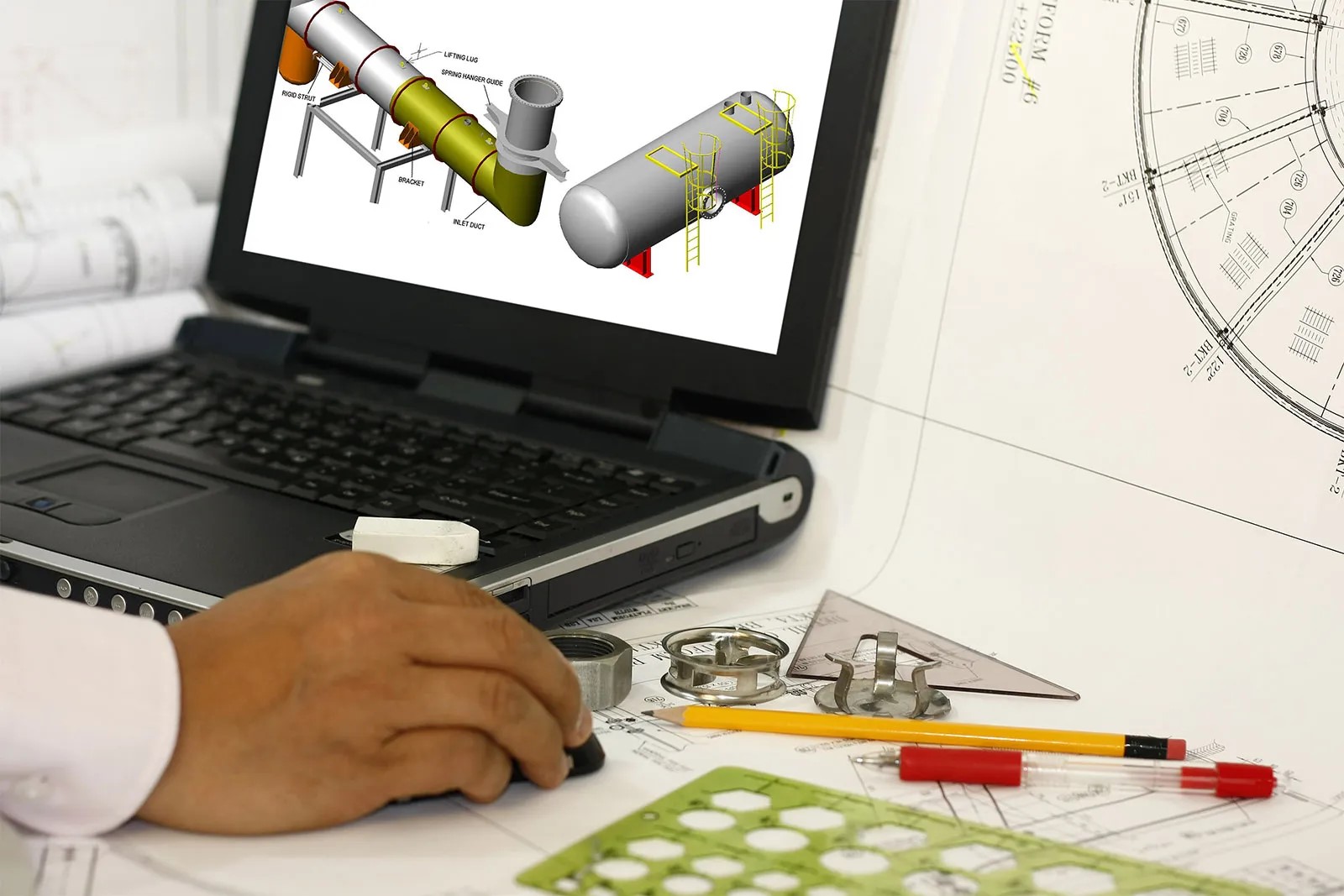
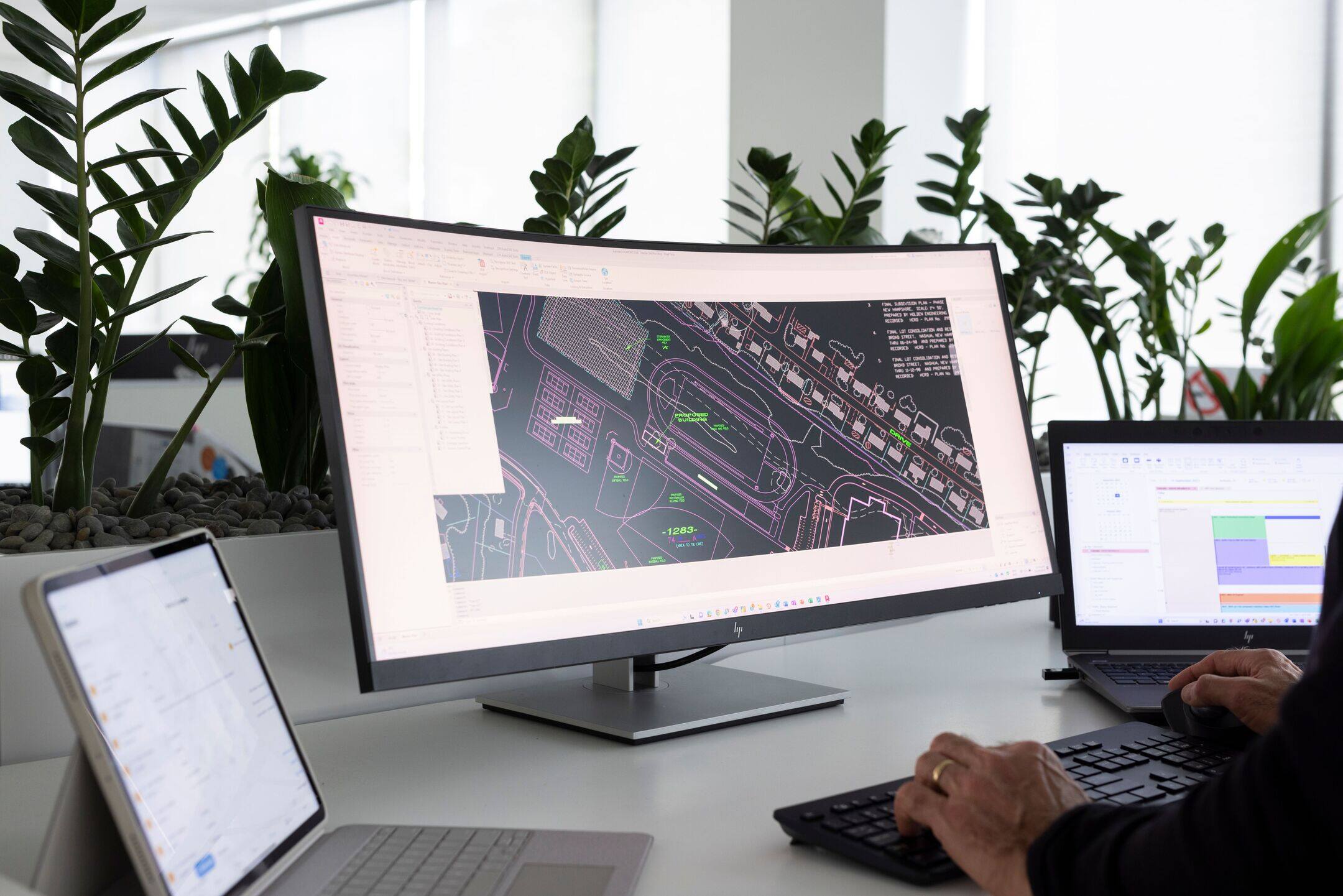
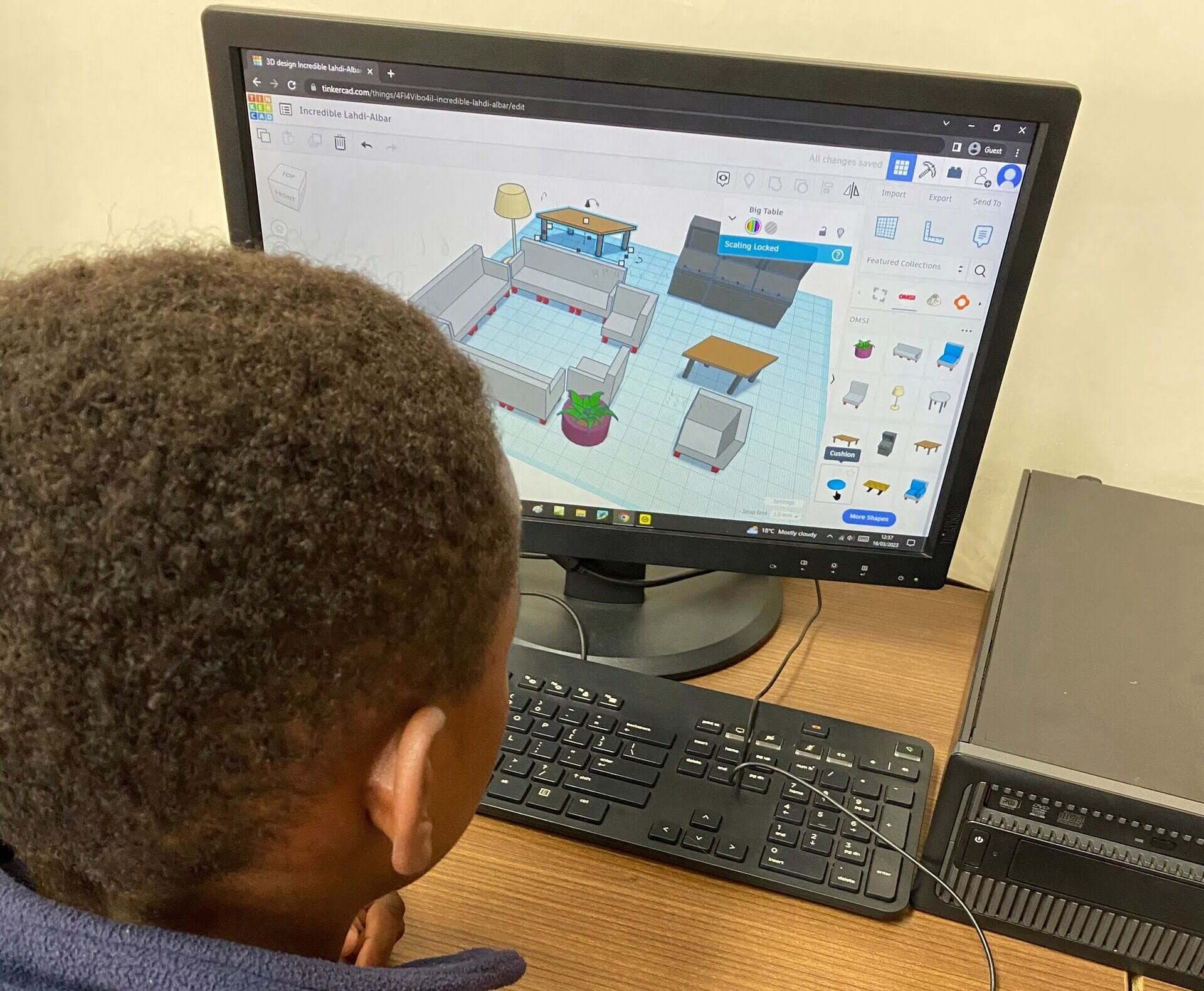




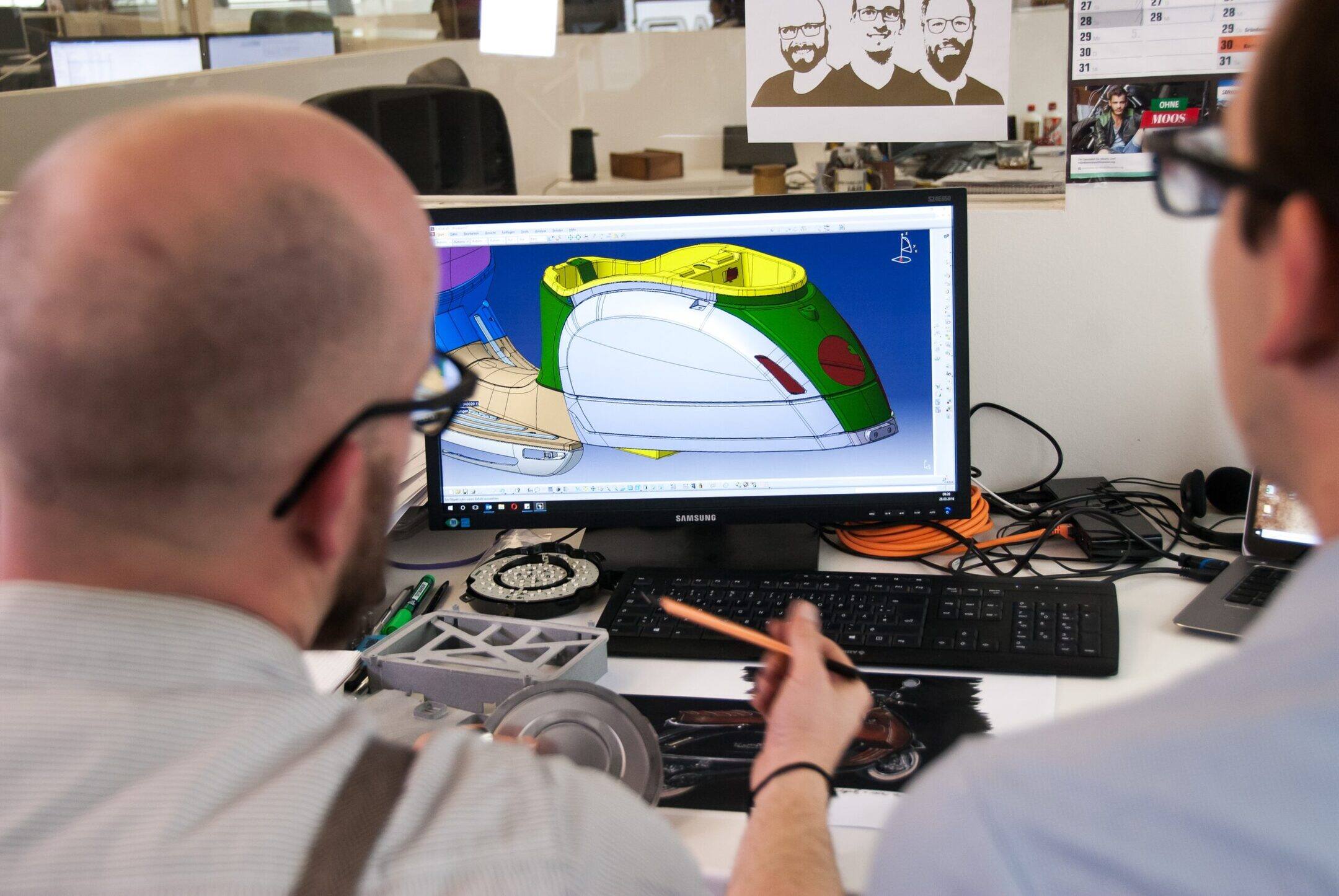
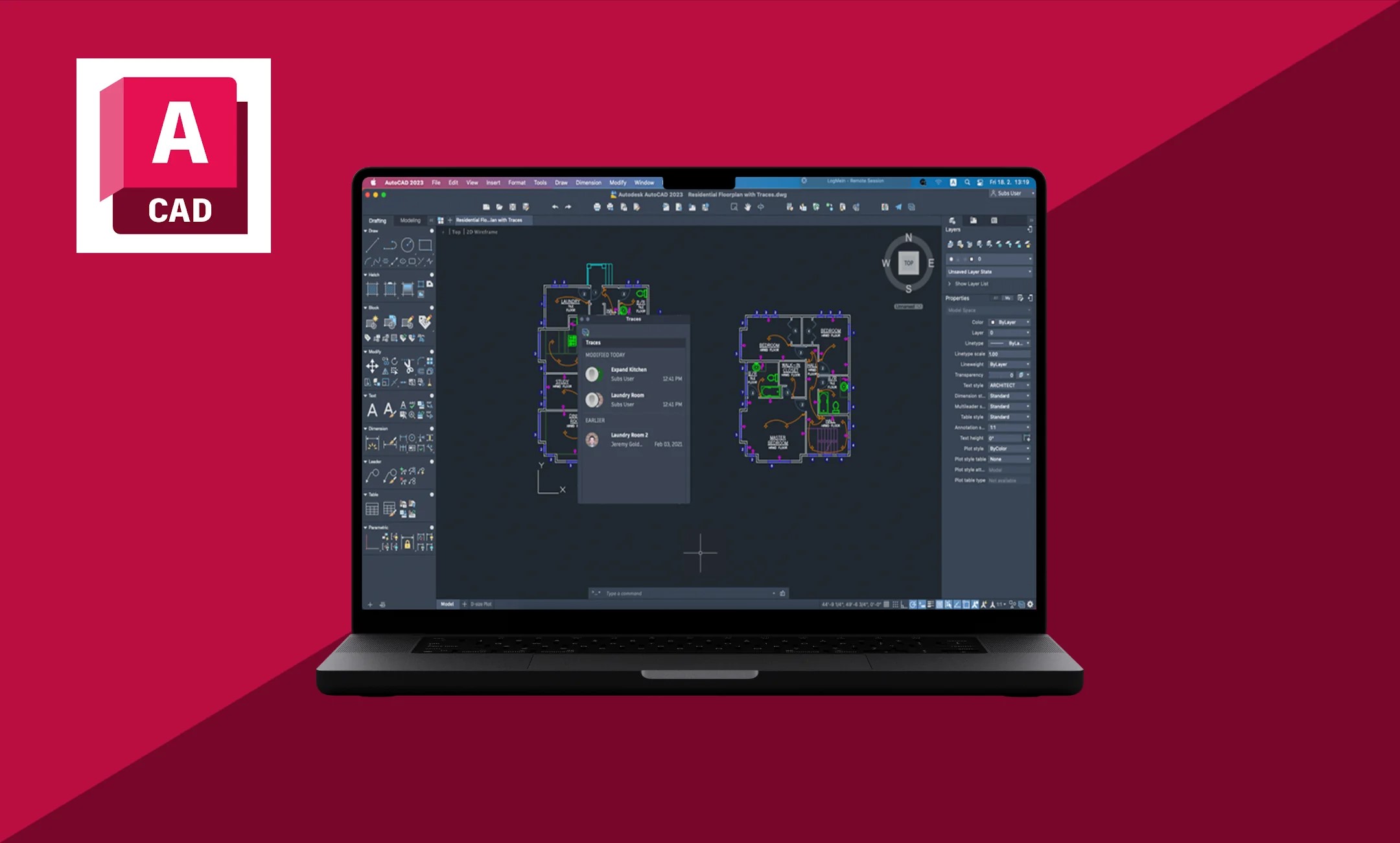





0 thoughts on “How Much Does A CAD Technician Earn”